I was thumbing through an Anthologia Graeca
the other day and thinking about the Bellerophon legend at the same time, when
I happened upon a fragment by Demodocus of Leros,
“A viper stung a Cappadocian's hide;And, poison'd by his blood, that instant died.”
This
recalled to my mind an incident in Amurath to Amurath (1911) by that
astonishing Orientalist, Miss Gertrude Lowthian Bell, who records that as her
party was approaching Caesarea, the following occurred,
“Not only the geographical features of the land, but also the physical and moral qualities of the inhabitants of Caesarea came under our consideration as we rode. ‘If a serpent bites a man of Kaisariyeh,’ observed Fattuh, ‘the serpent dies.’”
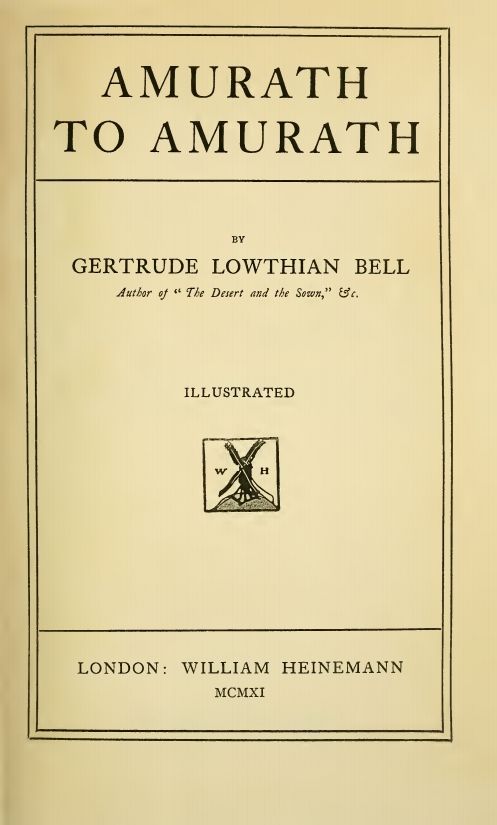 |
| G L Bell - Amurath to Amurath - 1911 |
It can’t be a bad thing for regionalist insults like this to endure for a
couple of millennia. Demodocus uses the Greek έχιδνα – echidna –
for ‘viper’ and Echidna was also the monstrous mother of the Chimera,
the terrible creature killed by Bellerophon. She was half beautiful, black-eyed
woman, half enormous, speckled serpent, not divine but yet eternal and ageless,
living below the ground and eating raw flesh and she was known as the ‘mother
of all monsters’, such were her horrible offspring.
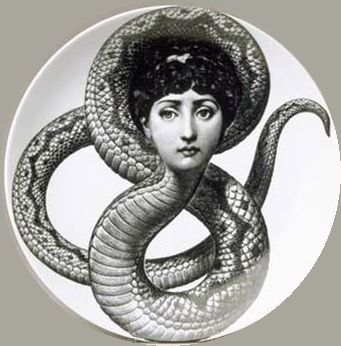 |
| Echidna |
Echidna was first
mentioned in Hesiod’s Theogony, and among her dreadful issue were
Geryon, the two-headed dog Orthrus and the three-headed dog Cerberus, the
Sphinx, Scylla, the Colchian Dragon, the Nemean Lion, the Hydra and the eagle
that daily consumed the liver of Prometheus. Echidna was eventually killed by
Argus Panoptes, the faithful, ever-vigilant herdsman with one hundred eyes, who
was immortalised by Hera when she placed his eyes in the tail of the peacock.
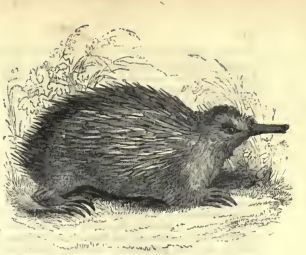 |
| Echidna |
Echidna is also the name of a spiny ant-eater from Australia and New Guinea,
although the name does not come from the mythological monster-mother but from έχίνος
– urchin or hedgehog – to which the animal bears a resemblance. However,
this is not so unusual, as many creatures take their names from mythological
creatures – the Hydra, Medusa, Alcyone, Hippocampus and Arachne spring to mind
and you can probably add many more of your own to the list.
 |
| Echidna |
The echidna belongs
to an extremely ancient family of mammals called the monotremes, which get
their name from the single opening through which their reproduction and
excretion takes place, (μονός - monos – ‘single’ and τρήμα –
trema – ‘hole’), similar to the cloaca of reptiles and birds. The
only other monotreme that still survives today is the more-famous Duck-Billed
Platypus.
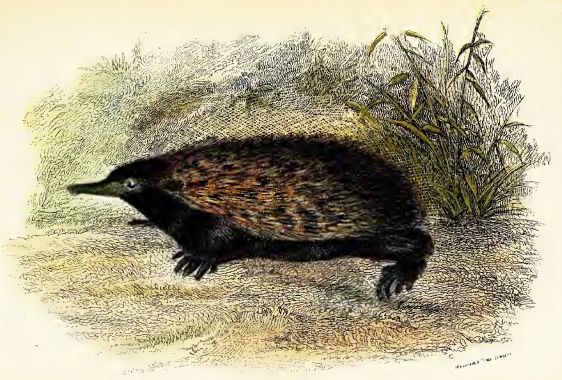 |
| Echidna |
The order monotremata is placed in the taxonomic group prototheria
(from πρώτος – prōtos ‘first’ and θήρ – thēr ‘wild beast’),
reflecting its primitive situation within the mammals - the other groups are the metatheria (from μετα – meta
‘after’ or ‘beyond’ and the suffix for wild beast already mentioned), and the eutheria
( ευθήριον – euthērion ‘true beasts’).
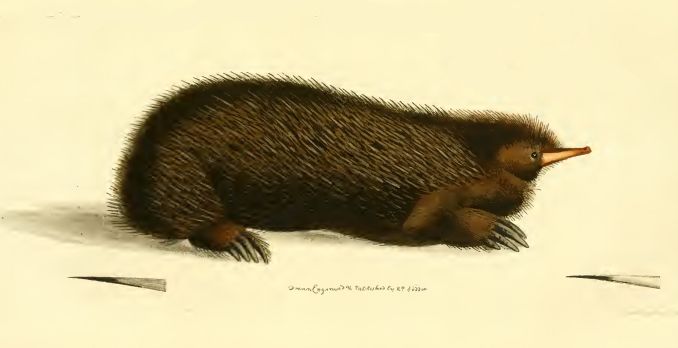 |
| Echidna |
The metatheria is slightly
more inclusive than the more familiar term marsupial, as it also admits
animals more closely related to them than to placental mammals; they produce
larval-like offspring which migrate to a pouch, where they develop and feed on
a nipple. The eutheria are the ‘true’ or ‘good’ mammals, which deliver
their young through a widened opening in the pelvis, together with other
anatomical features (one such is the lack of the epipubic bones found in the
marsupials).
 |
| Platypus |
The monotremes (the platypus and the four species of echidna) are
mammals, in that they are warm blooded, have body hair and produce milk on
which their offspring feed, although they lack true nipples and the milk is
extruded through the skin, (which has caused some to call for the monotremes to
be removed from the mammals and placed in class of their own), but the most
notable difference is that they lay eggs, from which the offspring hatch, (the
males also have spurs attached to the tibiae, which are venomous in the male
platypus and non-venomous in the male echidnas).
 |
| Richard Owen - On the Marsupial Pouches, Mammary Glands and Mammary Foetus of the Echidna Hystrix - 1865 |
Richard Owen, the Victorian
anatomist, thought that the eggs of the echidna were incubated within the body
of the female and the young were live-born, and the weight of his authority
confused the situation for many years, until it was finally inconclusively
proven in 1884 that the monotremes did in fact lay eggs.
 |
| Echidna - from Owen (above) - 1865 |
Echidnas may resemble
the world’s other ant-eaters but they are no more related to them as they are
to other species, although like ant-eaters, they have elongated, toothless
snouts, which serve as nose and mouth, and feed on ants, termites and other
small insects. The males and females are roughly the same size, about the size
of a large rabbit, and are furred, with sharp spines mixed in with the fur and
when alarmed, they roll into a defensive ball in the manner of our familiar
hedgehogs.
 |
| Echidnas |
The females produce a single leathery egg about three weeks after
mating, which is immediately placed in their pouch and from which the young
echidna hatches after about ten days. The young remain in the pouch for
approximately two months, after which they emerge and stay in underground
burrows whilst the mother forages for food, returning periodically to suckle
the baby until, at about six months it is weaned. For their size, echidnas are
remarkably long-lived, some captive animals have attained the age of over fifty
years, which may be due to their lower than normal metabolic rate when compared
to other mammals.
 |
| Echidnas |
Thankfully, echidnas are not considered to be at risk at the
present time and are listed as of ‘least concern’ by the International Union
for Conservation of Nature (ICUN).
No comments:
Post a Comment